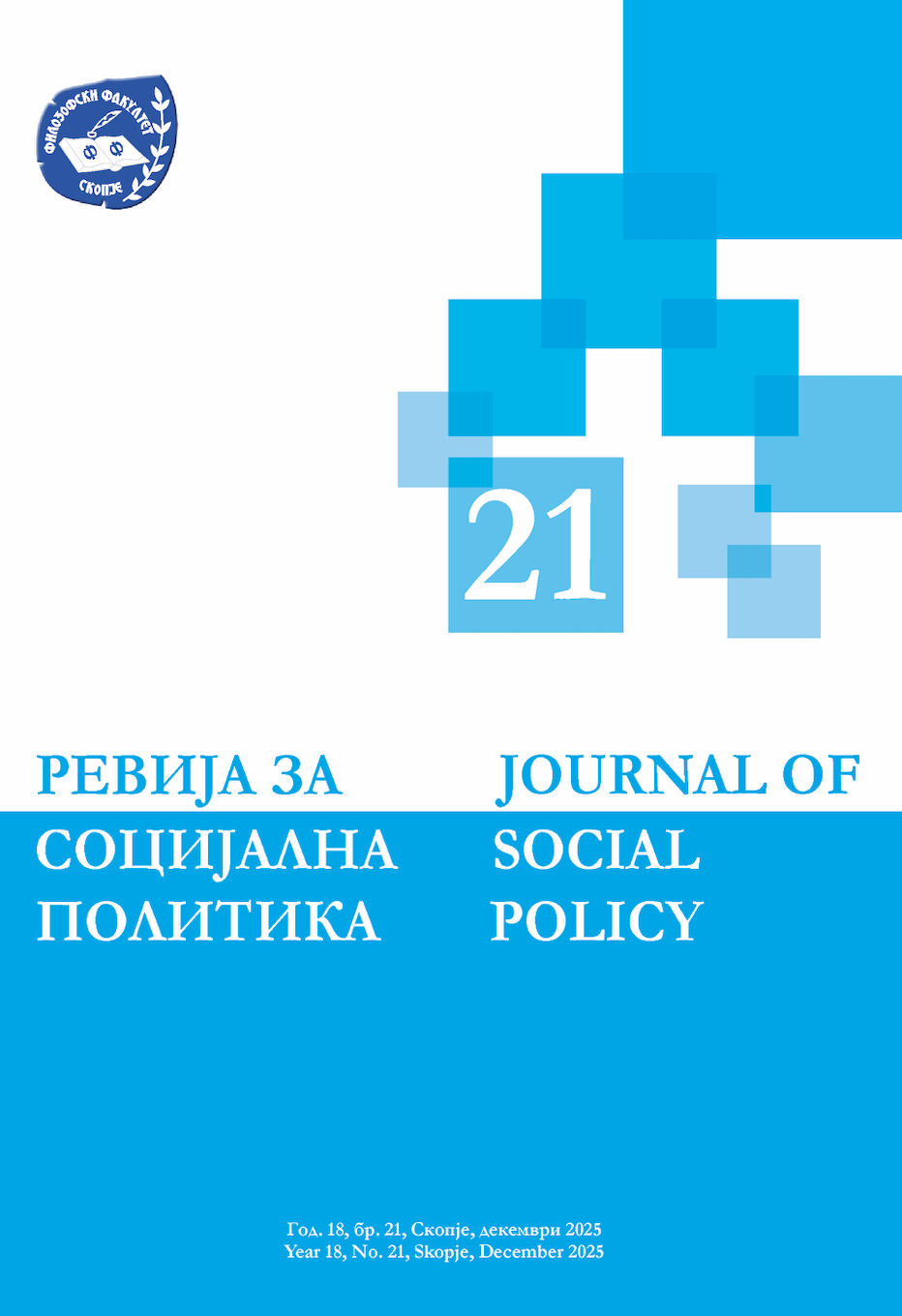Flexible Retirement Pathways in Romania: Rules, Motivations, and Implications for Prolonging Working Live
ДОИ:
https://doi.org/10.37509/socpol25182181uКлучни зборови:
flexible retirement, pension reforms, labour market participation, Romania,Апстракт
This article examines flexible retirement pathways in Romania, focusing on the interaction between statutory regulations, labour market participation, and social and fiscal outcomes. Drawing on legislation and data from the National House of Public Pensions, Eurostat, Organisation for Economic Co-operation and Development, and European Commission, the study investigates the rules regarding the timing of retirement (i.e. deferred retirement, early retirement), pension cumulation with work income, and differentiated pensionable ages. Recent reforms aimed to equalize retirement ages for men and women, link statutory retirement age to life expectancy, and incentivize longer work careers. Findings indicate that while legislative measures have increased formal flexibility, the actual take-up of flexible retirement pathways remains low, with a limited impact on labor market participation, particularly among women and low-educated workers. Employment rates among people aged 65+ have declined along with the decrease of employment in agriculture, while the employment rate of those approaching the pensionable age has only moderately increased over the last decade. The lower levels of employment among older people compared to the EU average suggest that structural barriers and social factors limit the impact of the flexible retirement pathways on prolonging the working life. Policy implications highlight the need for integrated labour and social policies to maximize the effectiveness of flexible retirement pathways.
Превземања
Преземања
Објавено
Издание
Секција
Дозвола
Авторско право(c) 2025 Daniela Urse

Овој труд е лиценциран под Creative Commons Attribution-NonCommercial 4.0 International License.
The journal allows the author(s) to hold the copyright without restrictions.
The journal allows the author(s) to retain publishing rights without restrictions.










